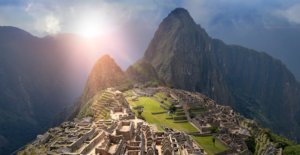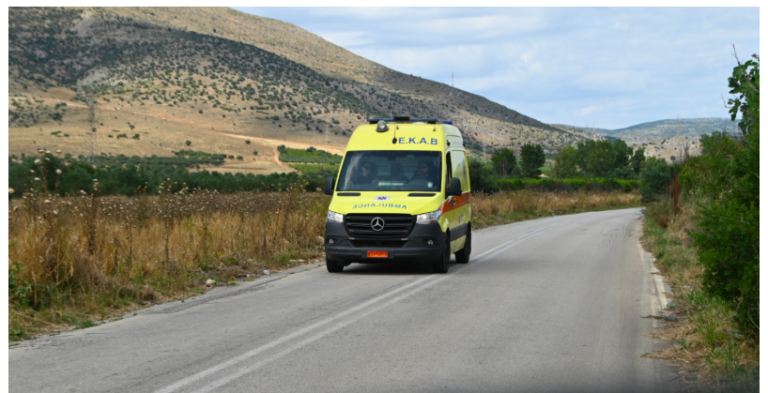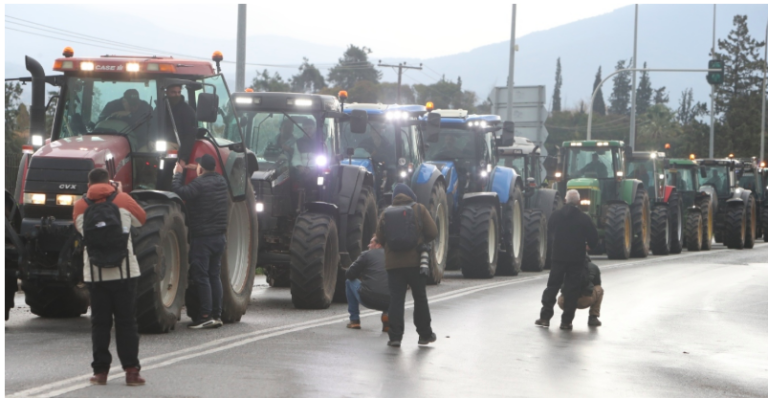Inca children who were chosen to be ritually sacrificed were drugged so that they remained calm before their death, a new study of ancient hair and fingernail samples has confirmed.
The human sacrifice, typically of children, known as capacocha, was generally conducted in Incan society to celebrate major events like the birth of a royal, or a battle victory, said the international team of scientists, including those from Peru, Poland, and the US.
In the new study, published recently in the Journal of Archaeological Science, researchers conducted toxicological analysis of two individuals – aged six or seven – who were immolated over 500 years ago during a capacocha ritual on the mountain of Ampato in southern Peru.
EU citizens unwilling to pay high costs for Ukraine war – Eurobarometer (infographic)
In the hair and nail samples of the Incan mummies, scientists looked for the presence of intoxicating chemicals like cocaine and its breakdown products in the body such as benzoylecgonine and cocaethylene.
They also looked for other intoxicating and hallucinogenic chemicals like mescaline, tryptamine, harmaline and harmine, which have psychoactive properties.
Read more: Archaeology News Network
Ask me anything
Explore related questions





